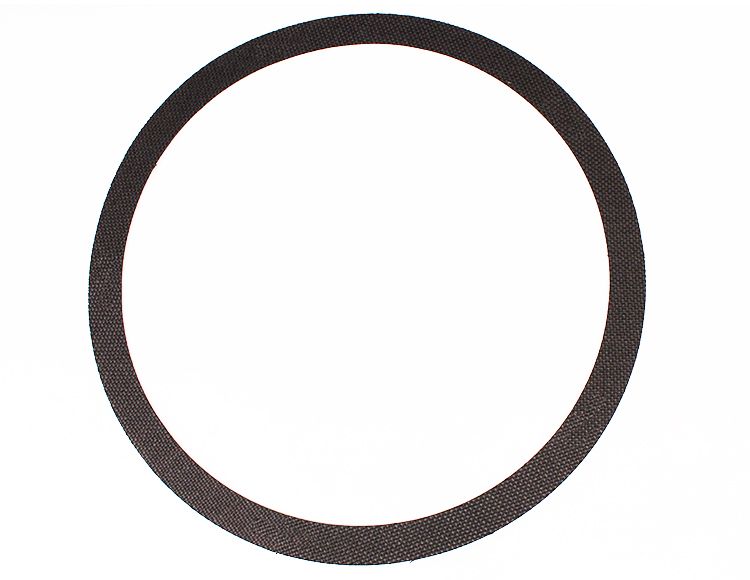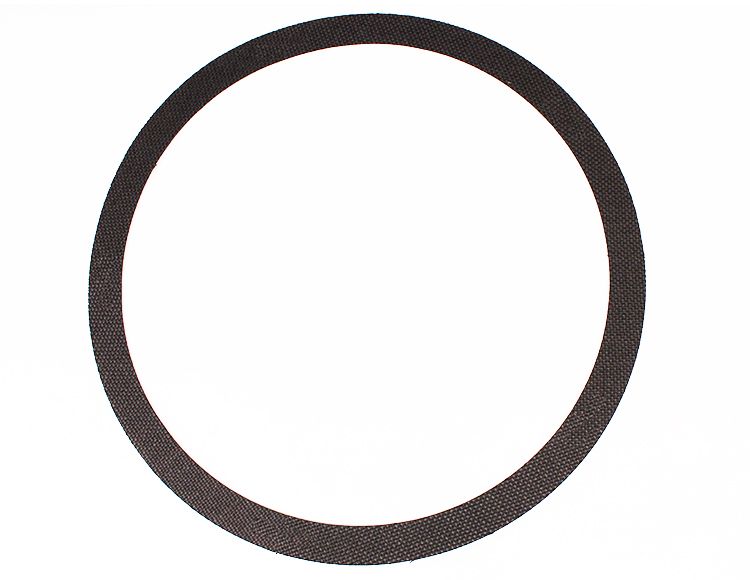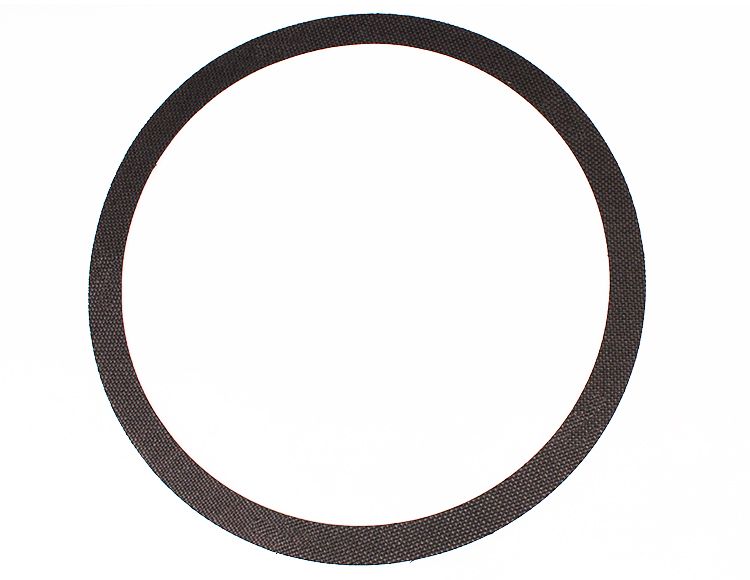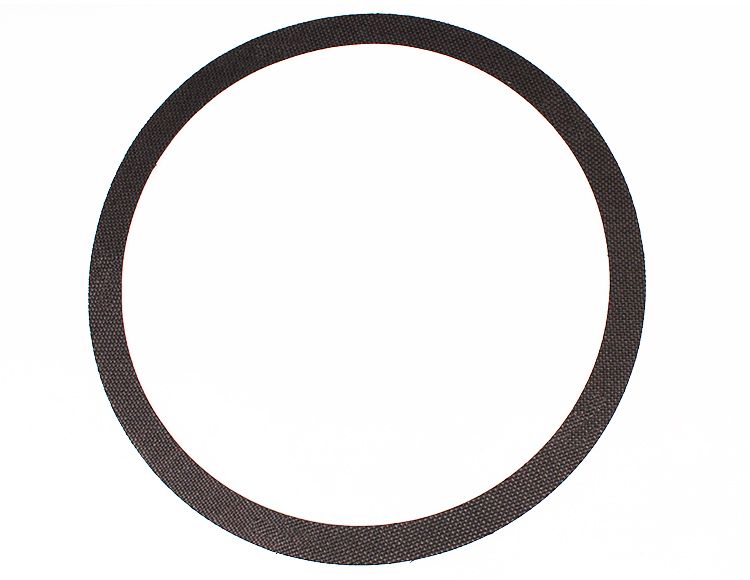A Slippery Slope - The What (and Why) of Woven Carbon Friction Material
Continuous clutch slippage? Whose idea was that?! For years, any clutch that was continuously slipping was the mortal enemy of automatic transmission and torque converter rebuilders. A slipping clutch in one of your builds meant heat, and slippage combined with high heat meant clutch lining failure and warranty claims. Depending on how hard your customer pushed a slipping clutch in one of your units, the damage ranged from minor repairs to lube passages plugged with clutch material, causing gear train meltdown.
But an automatic transmission that is deliberately supposed to slip? Why would anyone ever intentionally design a transmission to have a continuously slipping clutch? That would be crazy!
In 1996, GM did just that by engineering what was previously considered unthinkable: a torque converter lockup clutch that slips continuously. GM introduced their EC3 system (also known as EC cubed or ECCC) to control the converter clutch in many of their transmission applications. EC3 stands for Electronically Controlled Clutch Capacity, and the system is a combination of software and hardware that allows the torque converter clutch (TCC) to slip constantly within a predetermined RPM window.
Prior to the introduction of EC3 (a few viscous clutches in various drivetrain applications notwithstanding), transmission and torque converter rebuilders alike had never serviced a transmission clutch that was intentionally designed to slip. Previously, a slipping clutch meant doing a root cause analysis and — at minimum — repairs to specific hydraulic circuits and clutch components.
Upon the introduction of EC3, rebuilders suddenly found themselves in a new and strange position: instead of building units to keep slip at an absolute minimum, they now had to understand, diagnose and build units that would continuously slip — on purpose!
A key component in the EC3 system is the clutch material used inside the torque converter. To stand up to the demands of constant slip, GM developed a completely new clutch material. Instead of a traditional paper-based clutch lining, GM introduced a fabric that was woven from strands of carbon fiber. They found that carbon fiber was the best material to withstand the heat, and the weave that GM developed was calibrated to have a specific amount of oil that would flow through the material to facilitate cooling and calibrate slip rates.
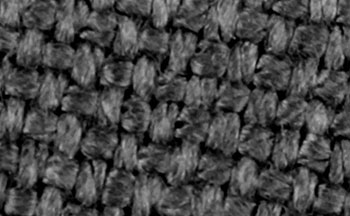 |
| The weave of carbon fiber facilitates cooling and calibrates slip rates by allowing an optimum amount of oil flow through the friction material. |
Over the years, GM has employed woven carbon fiber converter clutches in many transmission platforms. The GM 4T60, 4T65, 4L30, 4L60, 5L40, 6T40, 6T70, 6L45 and 6L80 all use woven carbon converter clutches in some or all of the unit applications. This same material also is used in the Ford front-wheel drive 6-speeds (6F35 and 6F50) that were co-developed with GM.
The “Catch 22” of Carbon Fiber Clutches
To the detriment of the aftermarket, GM kept this carbon fiber material proprietary. Torque converter rebuilders couldn’t get access to the OE woven carbon material, and traditional clutch materials that were available to rebuilders could not hold up to the stress of a constant slip environment. If you were rebuilding transmissions or torque converters back in the late 1990’s, you probably remember the struggles that the industry experienced as everyone searched for viable solutions.
To get around the problem, some transmission builders made hydraulic modifications in an attempt to eliminate the constant slip feature altogether. Depending on the unit, these modifications had significant unintended consequences that ranged from drivability concerns to over-pressurizing converters. Torque converter parts suppliers such as Sonnax scrambled to provide suitable friction materials that gave builders a fighting chance in making units survive the punishing constant slip conditions.
Fast forward through the years since the introduction of EC3, and it’s clear that some replacement friction materials have proven to be more successful than others at tackling the problem. No matter how good a builder may feel about their chosen material, however, they still have been forced to find a substitute for the OE woven carbon fabric…until now.
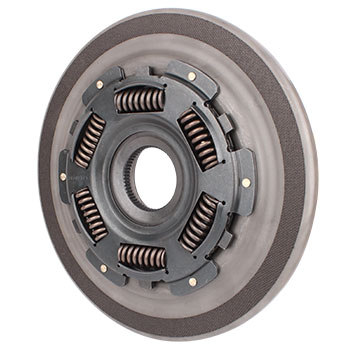 |
| Woven carbon friction ring bonded to converter clutch |
Sonnax is proud to announce the aftermarket now has a reliable source of woven carbon friction rings. This is the genuine OE material from the OE supplier, and it’s offered exclusively by Sonnax!
Protect Your Warranty with Woven Carbon Friction Rings from Sonnax
You now have the ability to deliver OE performance and durability in units designed for OE woven carbon material. Exclusively from Sonnax and surprisingly affordable, these rings are available in all the sizes used by GM and Ford.
- Genuine OE Material — Build your continuous slip converters with the confidence and peace of mind that comes with the original OE clutch material. Your customers will love it!
- Easy to Bond — Featuring a pre-applied adhesive, these woven carbon friction rings bond within the same time, temperature and pressure parameters as other rings offered by Sonnax.
- Engineered to Match OE Performance — Just like the OE friction material, Sonnax woven carbon products are made up of five segments assembled into rings. While the use of segments maximizes material utilization, there is a compelling technical reason why GM relies on this style of ring. The directional weave patterns of the carbon fiber must be properly oriented for optimal and consistent oil flow through the material, and segmentation allows this to occur. If Sonnax were to offer woven carbon in non-segmented, solid rings, the oil flow and slip rates would differ from the OE product. The cost of the rings also would be significantly higher due to material waste during manufacturing.
- Ideal for 4-Speed & 6-Speed Slip Converters — Transmission rebuilders are reporting that — while some of the GM 4-speed applications have a larger “window of allowable slip” and can initially get by with alternative aftermarket TCC materials — the newer 6-speed applications are much more sensitive to the amount of slip allowed by the transmission control unit. In-vehicle testing recently completed by Sonnax confirms the tight window of allowable slippage and sensitive calibration found in later-model units. To hit this tight window, it is vital to use the friction material that was specifically engineered for this purpose: woven carbon.
Related Parts
Required
Recommended
280mm LU (4L60-E) “VJCX”, 298mm LU (TH250C, TH350C, 200-4R, 4L60 & E), 300mm (4L60-E)
Friction Ring S20250WC
- Material: WC
- Outer Dia.: 11.125"
- Inner Dia.: 10.000"
- Thickness: 0.020"
Required
Recommended
245mm LU Euro (5L40-E), 258mm LU (4L60-E, 5L40-E), 258mm LU (4T65-E), 4L60-E (298mm), Single-Plate Performance Converter, 4L60-E (300mm), Single-Plate Performance Converter, 6L80 (300mm), Single-Plate Performance Converter
Friction Ring S20300WC
- Material: WC
- Outer Dia.: 9.500"
- Inner Dia.: 8.250"
- Thickness: 0.020"
Required
Recommended
245mm LU (3T40, 3L30, TH200C, 4T60-E, 4L60 & E:S-10 only), 4L60 (700-R4), 4L60-E, 200-4R (298mm) Single Plate Performance Converter (Mounting Ring), 4L60-E (300mm), Single-Plate Performance Converter (Mounting Ring), 4L80-E, 4L85-E, Single-Plate Performance Converter (Mounting Ring), AODE, 4R70W Performance Converter
Friction Ring S20320WC
- Material: WC
- Outer Dia.: 9.000"
- Inner Dia.: 7.750"
- Thickness: 0.020"
Required
Recommended
6T40/6T45, 236mm
Friction Ring S20680WC
- Material: WC
- Outer Dia.: 9.813"
- Inner Dia.: 8.562"
- Thickness: 0.020"
Required
Recommended
6L80, 6L90 (300mm)
Friction Ring S20750WC
- Material: WC
- Outer Dia.: 11.120"
- Inner Dia.: 9.840"
- Thickness: 0.020"
Required
Recommended
6F50/6F55, 6T70/6T75
Friction Ring S20930WC
- Material: WC
- Outer Dia.: 10.200"
- Inner Dia.: 9.200"
- Thickness: 0.020"
Required
Recommended
6L90 (Captive Clutch)
Friction Ring S20960WC
- Material: WC
- Outer Dia.: 10.170"
- Inner Dia.: 9.055"
- Thickness: 0.020"
Required
Recommended
6F35
Friction Ring S20290WC
Early Style
- Material: WC
- Inner Dia.: 8.375"
- Outer Dia.: 9.560"
- Thickness: 0.020"
Required
Recommended
6F35
Friction Ring S20636WC
Late Style
- Material: WC
- Inner Dia.: 8.200"
- Outer Dia.: 9.440"
- Thickness: 0.020"
While Sonnax makes every effort to ensure the accuracy of technical articles at time of publication, we assume no liability for inaccuracies or for information which may become outdated or obsolete over time.
